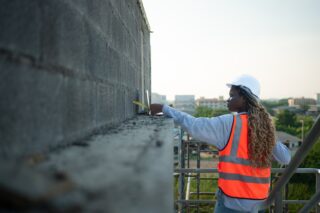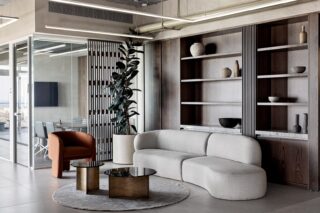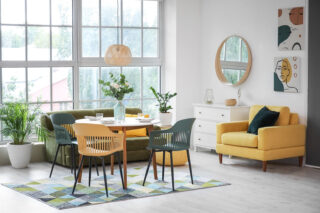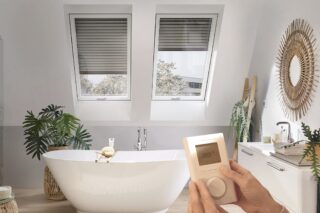People visit the Big Apple to see the Statue of Liberty, the iconic Flatiron Building and soon the underground park, the Lowline. Now architecture professionals and NYC fans await the city’s floating food forest that’s to be completed this summer.
This upcoming site is called The Swale Project. Swale contains an edible forest garden and is built on a 110-foot-by-30-foot floating platform made from recycled shipping containers from the Port of New York and New Jersey.
The project is created by Mary Mattingly, an American visual artist based in New York. She has previously spearheaded similar projects such as WaterPod, Flock House and WetLand.
ArchiExpo e-Magazine spoke with Mary Mattingly and one of the team project managers, Lonny Grafman. Here is the exclusive interview:
ArchiExpo e-Magazine: What inspired you to create this project?
Mary Mattingly: I want to make art that can be active, not just a representation. It’s important that art shifts shapes, and emboldens different ways of thinking, and in this case, emboldens different ways of utilizing public space. I want to strengthen water as a commons by getting more people to it and reimagine food as a commons in a city like New York.
ArchiExpo e-Magazine: Describe your involvement in the Swale.
Lonny Grafman: This project is not meant to be the solution. It is meant to be an inspiration. In a time where there will be no panacea, inspiration is even more important. As the sustainability and design advisor, I think it is crucial that we become more innovative about where and how we grow our plants, especially given the ever-growing urban populations.
ArchiExpo e-Magazine: What are the challenges in constructing this project?
Lonny Grafman: In a project like this there are always exciting engineering and logistic challenges. Bringing together a diverse team of talent also poses challenges in making sure that everything gets integrated. Some examples are making sure that the solar power is sufficient to pump the water, which is clean enough for the slow-sand filter to reduce the pathogenic load and salinity to a level that the plants can handle. So there are about four teams involved to make sure that all of that happens effectively. In a living experiment like this, monitoring and adapting will be critical.
ArchiExpo e-Magazine: Once Swale is at sea, how will heating and cooling be regulated?
Lonny Grafman: We will be relying on wind for cooling and any heating can be done by the greenhouse. Most of this will be through passive solar design. Potential heating for future development would be solar thermal and/or compost with a heat exchanger.
ArchiExpo e-Magazine: Will there be water treatment in the forest garden?
Lonny Grafman: We will be doing water treatment using slow-sand filtration with activated carbon. We will pump from the river when the current is going out, and we will also supplement with much cleaner rainwater that we catch. The plan for the garden is to have a diverse selection of plants, including some that we know will do well on the barge and some that are more of an experiment. We will track the health of the plants as part of the experiment and sharing. A list can be found here.
ArchiExpo e-Magazine: Will its location vary as it floats?
Other collaborators in the project include plant specialist Onyksa Domenech, permaculturalist Casey Tang, and innovation hub Biome Arts via their project Eco-Hack 2016, in which they have constructed a pavilion stage on the barge for installations and performances for the July 15 launching.Lonny Grafman: Such an important question! Intrinsic to the goals of this project is that lots of people can access it. We will be varying our location throughout New York with a soft launch in New Rochelle in the beginning of July, then the Bronx for our main launch on July 15th. After that, people can follow and find our itinerary online.
The Eco-Hack 2016 combines artworks that emerge from “the multiple overlapping considerations of renewable energy systems, environmental protection, open-source software, digital literacy, networked activism, and collective organizing.” It will also serve as the control center for Core 2.0, the next large-scale installation constructed by the group.
Biome Arts will “seed” Swale’s forests with sensors to measure water movement, salinity, air temperature, humidity, wind direction and magnitude, etc. The group plans on creating semi-abstract data visualizations “that will re-broadcast this data onto the forest; so, in essence, the real forest will be driving a digital abstraction layered on top of it, creating a new kind of large scale ‘cybernetic ecology.’”

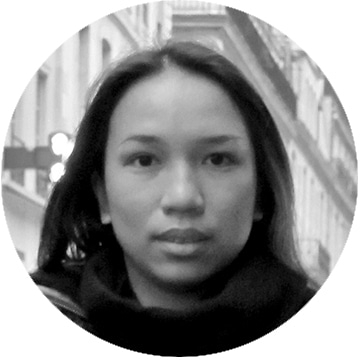

![Swale-Floating-Farm-New-York-City-slideshow_dezeen_1568_0[1]](http://dev-archive-emag.archiexpo.com/wp-content/uploads/sites/7/2016/06/Swale-Floating-Farm-New-York-City-slideshow_dezeen_1568_01.jpg)




